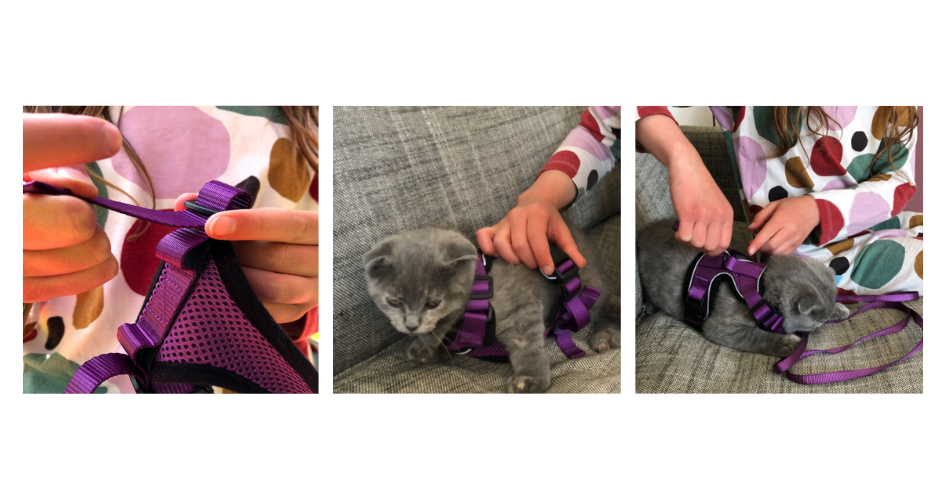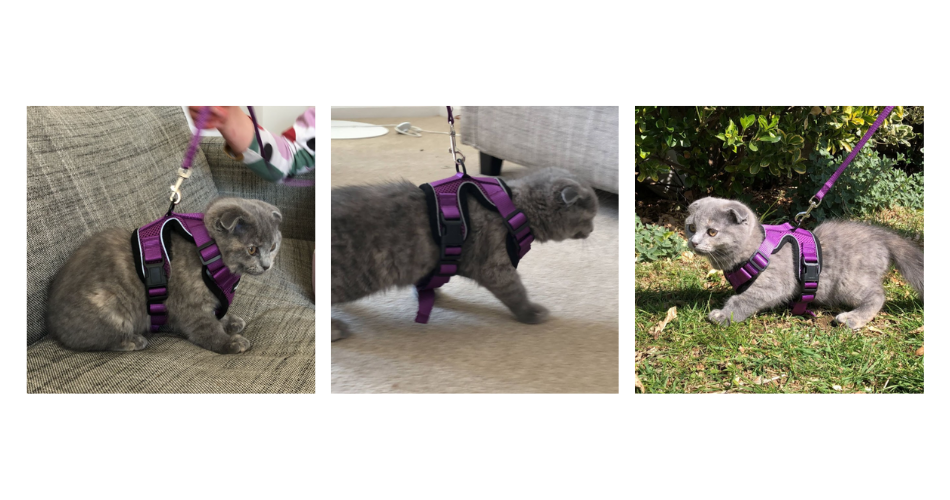How To Prevent Dog Theft & What To Do if Your Dog Is Stolen
Dogtor Adem, founder and owner of Dog-Ease, is a dog behaviourist and trainer with over 15 years experience working with dog owners and their canine best friends. In this blog post, Adem provides us with helpful tips on preventing dog theft, and what to do if you experience dog theft yourself.

With dog theft on the rise, it’s only natural that we might feel worried about taking our furry family members out and about at the moment. I think most of us can agree that if anything should happen to them, we would feel devastated. So, I have put together my top tips for keeping your dog safe from theft when both at home and out and about. Following on from this, I’ve also put together some tips on what to do should you find yourself in the awful position of your dog having been stolen. I hope you never have to refer to them, but they might just help you be reunited should you find yourself in this unfortunate position.
MY TOP TIPS FOR PREVENTING YOUR DOG THEFT
START AT HOME
By this I mean you should review your current security measures at home. Start by ensuring gates and fences are secure and avoid leaving your dog in the garden unattended. You may also want to ensure your dog cannot be seen by people passing by when you are out of the home. You can do this by making them a base in a room away from any windows that can be easily looked into or even by closing the curtains on these windows when you are out.
MAKE SURE YOUR DOG IS MICROCHIPPED
It is not only law to have your dog microchipped, but it is also best practice. If your dog is ever separated from you a simple scan of their chip in their neck area should reunite you pretty quickly. Keep your dog’s microchip details up to date. It’s usually really easy to do this over the phone or online.
ADD AN ID TAG TO YOUR DOG’S COLLAR AND CONSIDER A GPS TAG ALSO
By law, your dog should have an identification tag attached to their collar when outside of your home. This makes it really easy for you both to be reunited without needing your dog’s microchip to be scanned. You could also consider attaching a trackable GPS tag to your dog’s collar. There are many on the market to choose from and these can be purchased online, if not from your local pet shop. Some also have fun features to use on a daily basis such as tracking your dog’s activity levels.
TEACH YOUR DOG THE RECALL COMMAND
Teach your dog the recall command and make coming back to you a fun game that you can play throughout your walks together. Offer a tasty treat or engagement in a game such as fetch each time they return to you. This makes them more likely to want to return to you, seeing the recall as a fun part of your walk. Head over to the Blog page of my website www.dog-ease.co.uk/blog/ to watch a tutorial on how to begin this training if you haven’t already had a chance to.
KEEP YOUR DOG’S ATTENTION
Make it fun for your dog to stay close to you on your walk if you are letting them off lead. For example, you could practise off lead heel work as you walk, offering a tasty treat as a reward for their focus, or play recall games. Taking a special toy such as a ball can also help to keep your dog’s attention and focus with them chasing and retrieving during your walk.
KEEP YOUR DOG IN SIGHT
Following on from keeping your dog’s attention, avoid letting your dog go out of your sight on a walk or leaving them unattended outside a shop, school, or even in your car. The less opportunity for them to come into contact with strangers without you also present, the better.

WALK WITH OTHERS
If possible, walk with a family member or socially distanced with a friend. You could also try to walk in public areas where other people are walking and present too. Pick times of the day where other people are likely to be around and walk in daylight if possible. If this is not possible, try to walk in well-lit areas. Safety is often found in numbers and the more people that are around the less likely you may be to be targeted.
CONSIDER TAKING ANTI THEFT DEVICES WITH YOU
Consider taking an anti-theft alarm or another similar device on your walk with you, even a whistle is better than nothing to be able to attract attention with. You could also try to keep your mobile phone handy to use if necessary, although it’s best to not allow your mobile phone to distract you from what is going on around you as you walk. See the next tip!
STAY ALERT
Following on from the tip above, stay alert and be vigilant on your walks. Watch out for any unusual activity or people in the areas you might typically walk. It is best to limit your use of any electronic devices such as your mobile, even to listen to music. The more aware of your surroundings you are, the more likely you will be to spot anything not quite right.
AVOID CLOSE CONTACT WITH STRANGERS
Avoid letting people you don’t know pet your dog or telling people you don’t know any details about you and your dog. It’s nice to be friendly but be vigilant about the information you share.
BE LESS PREDICTABLE
If you’re particularly concerned, change up your routine frequently. This makes it harder for anyone ‘watching and waiting’ to predict and plan to ‘bump into you’ on a walk.
PREP OTHERS WHO ARE RESPONSIBLE FOR WALKING YOUR DOG
If you use a dog walker, ensure you ask them what steps they are taking to avoid your dog from being stolen. You can also ask that they remain vigilant in securing your property when returning your dog to your home and ask that they look out for and alert you to any unusual activity.
USE SOCIAL MEDIA AND LOCAL NEWS TO YOUR ADVANTAGE
Check local social media pages and local news for up-to-date information on what is going on in your area. Often any worrying incidents are reported by residents with details of suspicious people and even sometimes vehicles too look out for.
BE MINDFUL OF WHAT YOU SHARE ONLINE
Sharing your location and details of your pet on non-private forums such as on non-private social media pages can alert potential thieves to your where abouts. Make sure you are mindful of what you share and where you ‘check in’, with or without your dog.
WHAT SHOULD YOU DO IF YOUR DOG IS STOLEN?
In the awful event that your dog is stolen, here are some tips to help you find and be reunited with them.
REPORT THE THEFT IMMEDIATELY
Report the theft immediately to the police and ensure it is recorded as a crime rather than as a lost pet. You should receive a crime reference number for your records.
CHECK CCTV
Check all available CCTV footage in the area your dog was stolen from to gain evidence of any people needing to be identified or vehicles that may have been involved. You might also want to check in with neighbours and those in the local area to see if anyone has any footage from their own security systems – from Ring Doorbell footage to Dash Cam footage. Anything is worth a shot and could lead to identifying something or someone.
CONTACT YOUR MICROCHIP COMPANY
Contact the company your dog’s microchip is recorded with and register your dog as stolen. If your dog is scanned by a vet elsewhere, they should then be alerted to this and your dog returned to you.
CONTACT LOCAL VETS
Contact all vets in the local area to let them know of the theft. Provide a photo of your dog if possible and include details of any markings or particular features that they have so they can identify them more easily.
MAKE THE PUBLIC AWARE
Make other people aware of the theft by putting up posters stating your dog has been stolen, with your contact details on them. You should also post a copy of such posters, or an equivalent, on social media sites. If you ensure that the settings of your post are set to ‘public’ you can ask others to share your post and reach a much wider community. The further your dog’s details are shared, the more chance you have of your dog being identified and returned to you!
DON’T GIVE UP
Don’t give up hope! Keep sharing your dog’s details far and wide. Someone somewhere might know something and help you to be reunited.
I hope you found the above tips useful. Stay alert and keep safe!
Dogtor(tm) Adem
Owner of Dog-ease Training & Behaviour
No comments yet - Leave a comment
This entry was posted in Dogs on May 17th, 2021 by alisa.deluca



